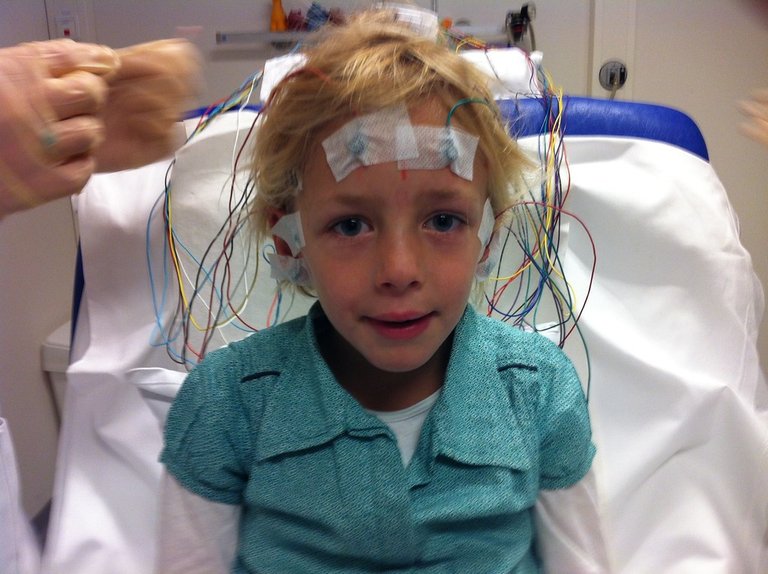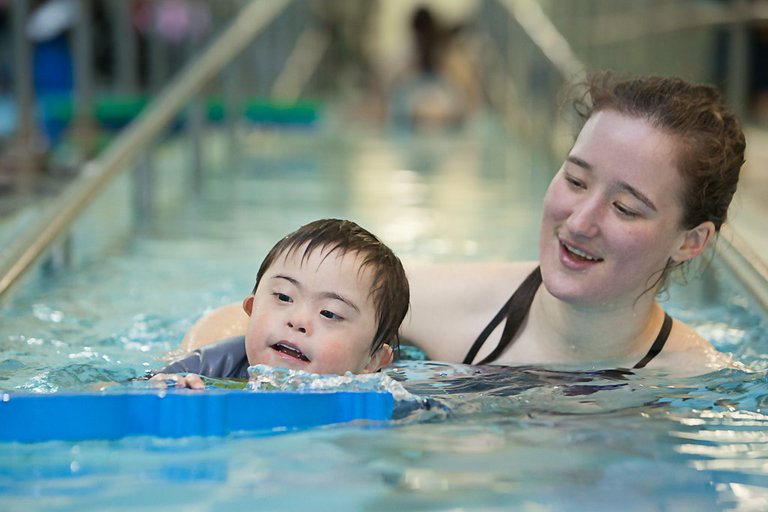When you think of Childhood Epilepsy
I am usually concerned about children with some nature of the condition that seems too serious for their age. I have seen a teenager with an epileptic attack before and the situation was not a pleasant one, I now even watched a video of someone describing epilepsy in younger children, and this got me worried. When a child has epilepsy, it causes them to have seizures.**
Epilepsy in a child is a brain condition, the cells in the brain of the child create a sudden burst of irregular electrical activity, and what you get from that, is a seizure. We can describe a seizure as an occurrence that makes the affected person pass out and shake uncontrollably, but seizures are not always the same, and not all seizure cases are a result of epilepsy.
During a seizure episode, several neurons send signals at the same time at a faster rate than normal. The surge of this excessive electrical activity may result in involuntary emotions, behavior, movements, and sensations. Since normal cell activities have been distorted, a lot of awareness will be created.
Rolandic epilepsy may happen while sleeping or waking up, characterized by uncontrolled muscle movements, usually with one side of the child's body, speech is also greatly affected.
** Infantile spasms also known as West syndrome is a more serious type of epilepsy that affects infants in their sleep, and sometimes after they just wake up. The spasm episode often lasts for only a few seconds but can happen repeatedly with very short breaks within each of them.** ** Juvenile myoclonic epilepsy is more common during puberty, it causes an uncontrolled movement of the muscles like jerking and twitching of the arms sound, and it is more common when the child is awake.** ** Lennox-Gastaut syndrome can lead to seizure when the muscle of the child stiffens up and relaxes suddenly. It can also be accompanied by moments of non-awareness and confusion, where they are unable to respond after you speak to them.** There are about five types of epilepsy that can affect children. The first is absence epilepsy which causes short moments of confusion, where the child stares into distance, and there will be no response if you try to speak with them.
Generally, we can classify the happenings of epilepsy into two, it may either be provoked or unprovoked. Provoked seizures can be caused by different conditions like, head injury, high or low blood sugar, infection, kidney or liver failure, stroke, and high fever. Unprovoked seizure, on the other hand, does not have any clear cause, it continues to happen and after several tests, doctors may find it as being genetic or a lesion in the brain
After a child has been diagnosed with epilepsy, anti-seizure medication may be prescribed, this medication will help control seizures and will be prescribed based on the weight, age, physical condition, and seizure type of the child. This treatment is aimed at providing the child with a good life quality, and the medication may have to be changed if it is not controlling the seizure, there are side effects that are too much to handle. In a case when the child is free from seizures after being on medication for two years, the medication could be stopped.
When parents understand the triggers that lead to a case of seizure, then it can be avoided altogether, children need to maintain a good sleep schedule, stay updated with immunization, use medications on time, wash washing of hands, 0and the practice of good hygiene a priority.
https://www.cincinnatichildrens.org/health/s/seizures
Image source
Image source
https://www.ninds.nih.gov/health-information/disorders/epilepsy-and-seizures
https://my.clevelandclinic.org/health/diseases/12252-epilepsy-in-children
https://pmc.ncbi.nlm.nih.gov/articles/PMC6352402/
https://www.uchicagomedicine.org/forefront/neurosciences-articles/what-are-the-causes-and-treatments-for-childhood-epilepsy
Thanks for your contribution to the STEMsocial community. Feel free to join us on discord to get to know the rest of us!
Please consider delegating to the @stemsocial account (85% of the curation rewards are returned).
Thanks for including @stemsocial as a beneficiary of this post and your support for promoting science and education on Hive.